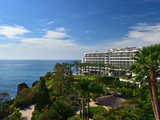The Algarve is perhaps Portugal’s worst kept secret. This region draws over four million visitors each year and it is not hard to see why. With over 200km of coastline, large resorts catering for both families and couples, a lively nightlife, waterparks and an array of water & land sports on offer, there really is something for everyone.
The coastline is characterised by its unique rock formations, including sea caves, arches, stacks and cliffs, that have been shaped by the forces of nature over millions of years. These emblematic yellow cliffs of sandstone and marine fossil-rich calcarenite can be viewed by boat, kayak, on foot or from the many viewpoints along the coast, such as Algar Seco & Ponta da Piedade. Popular hiking trails such as the Seven Hanging Valleys, trace the shoreline and offer breath-taking views of the rugged cliffs, hidden coves and pristine beaches below.

Faro, the capital of the Algarve with its beautiful historic centre is often overlooked. The oldest part of the city is now only partly surrounded by ancient Roman walls, within which you can find many of the city’s main attractions, such as the Faro Cathedral and former convent which has been transformed into the city’s main museum; exhibiting a number of artifacts dating from the prehistoric to modern times. The tangle of pretty cobbled streets and squares which are largely pedestrianized are lined with restaurants, cafes and shops bursting with life. Outside the main gateway lies the Faro Marina, a great place to watch the sunset and admire the boats.
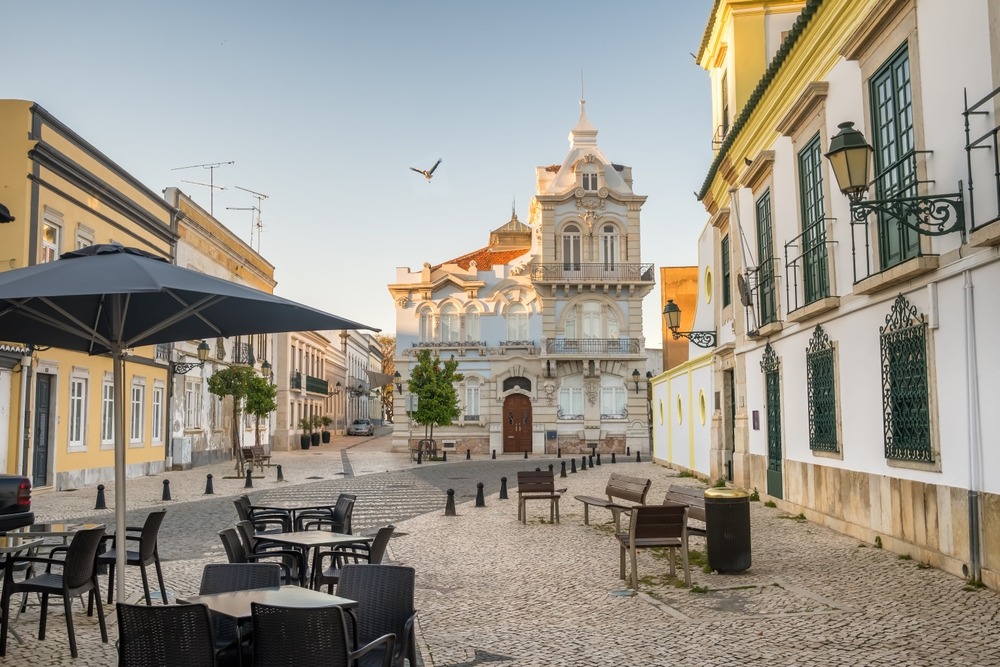
The large western and central towns of Albufeira, Lagos, Praia da Rocha and Vilamoura are home to the most popular resorts and see a big influx of tourists in the summer months. The smaller towns of Carvoeiro, Alvor, Olhos de Agua and Praia da Luz are still close to all the action but quieter, best suited to families with younger children.
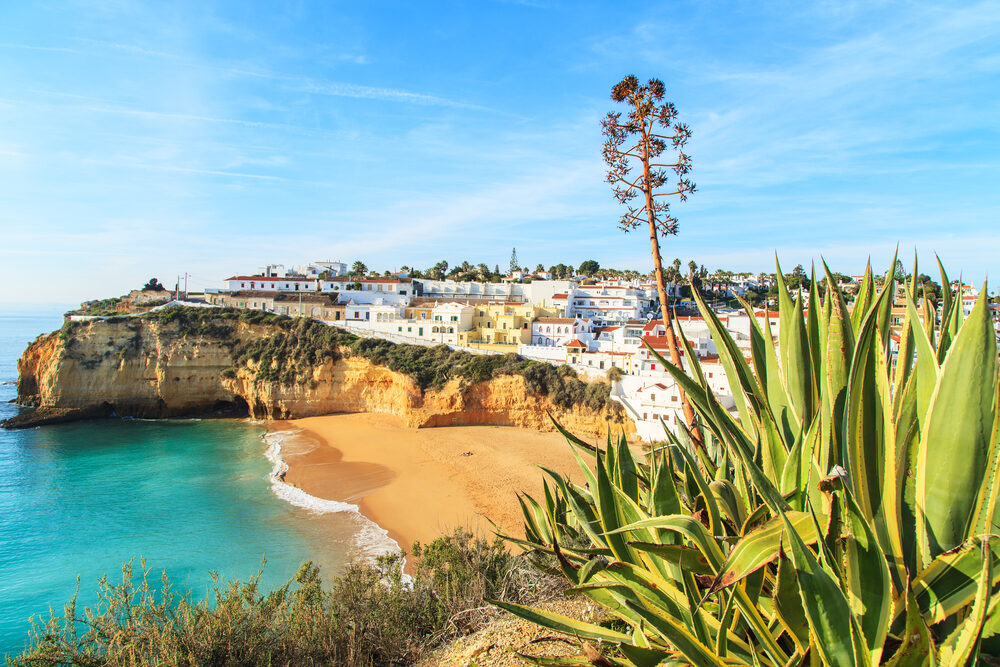
In contrast the east coast and the western part of the region are more underdeveloped. The east is home to the Ria Formosa Natural Park, a protected coastal lagoon which spans 60km between Garrão in the west and Manta Rota to the east. It is made up of a diverse number of eco systems ranging from islands, beaches, dunes, sandbars, salt marshes, lagoons and canals all providing a home to a rich and diverse variety of flora and fauna. The islands are home to some of the best beaches in the region, some of which are only accessible by passenger ferry. These beaches are largely uninhabited and set away from the mainland with kilometres of sand and warm blue waters, setting the scene for a truly unique holiday experience in the Algarve.
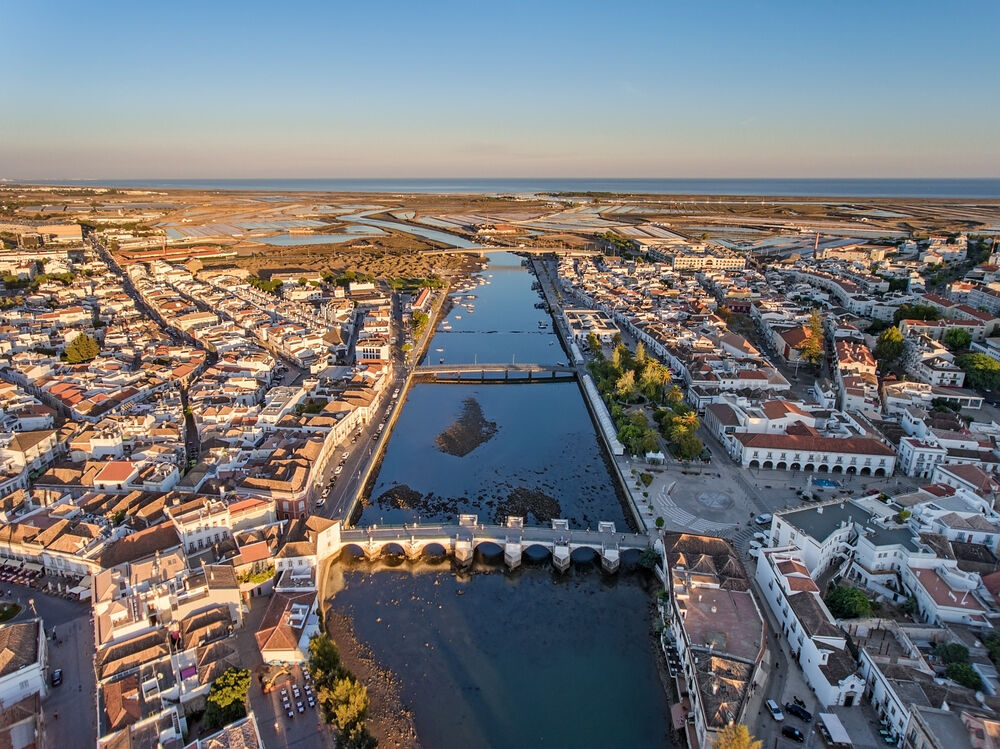
The riverside town of Tavira makes a great base to explore the Algarve’s eastern coast. Authentically Portuguese with cobbled streets, traditional architecture and a whopping 21 churches, it also has an abundance of restaurants which are mostly family run and very affordable. The sandy beach of Ilha de Tavira, one of the Ria Formosa’s five barrier islands, can be accessed easily by ferry and you are also in close proximity to the small village of Cacela Velha with its glorious beaches governed by the tides.
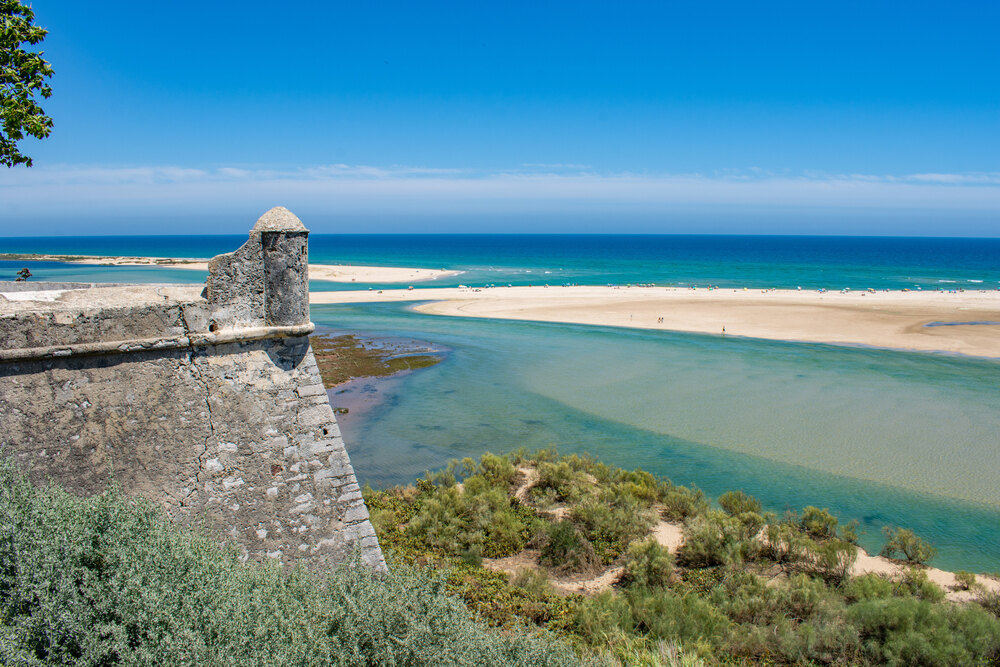
The western coast in contrast is rugged and imposing with dramatic cliffs, secluded coves, spectacular beaches and a rich maritime history. This area is particularly popular with surfers and naturalists alike and although the seaside towns of Luz, Burgau and Salema are all geared for holidaymakers the complexes are much more understated. The towns of Lagos, Sagres, Aljezur and Odeceixe are perfect for exploring local culture and history and for the more active holidaymakers there are numerous walking trails offering stunning views of the rolling hills and rugged coastline.
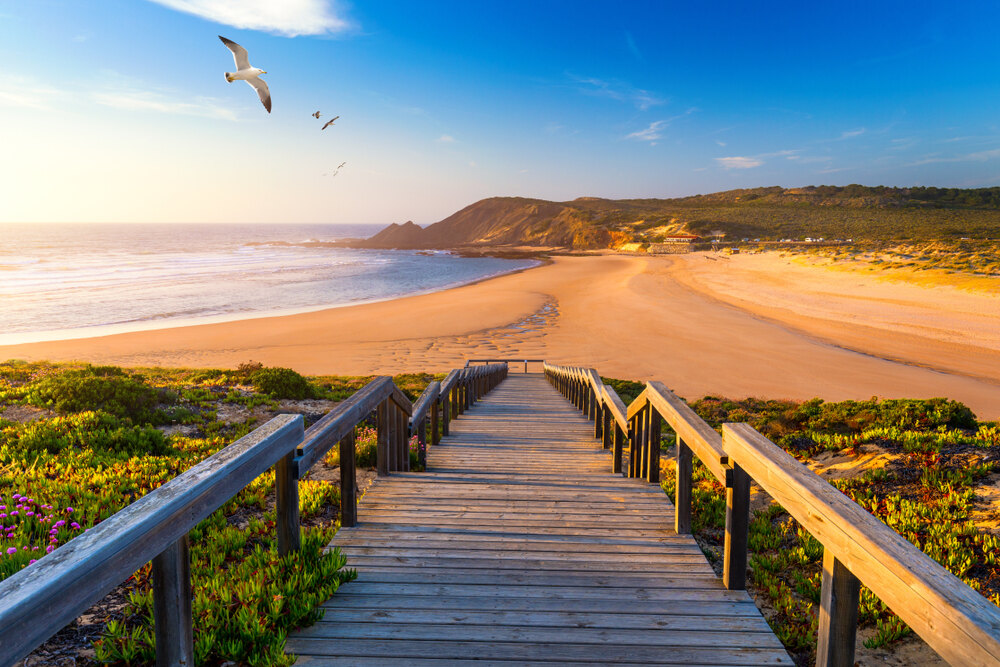
To the north lies the Serra de Monchique, affectionately called the 'Garden of the Algarve’, a mountainous area known for its healing thermal waters, lush green forests and crystal-clear streams that meander at the bottom of steep valleys. There are some excellent trails here for walking & cycling and those that do will be rewarded with magnificent views.
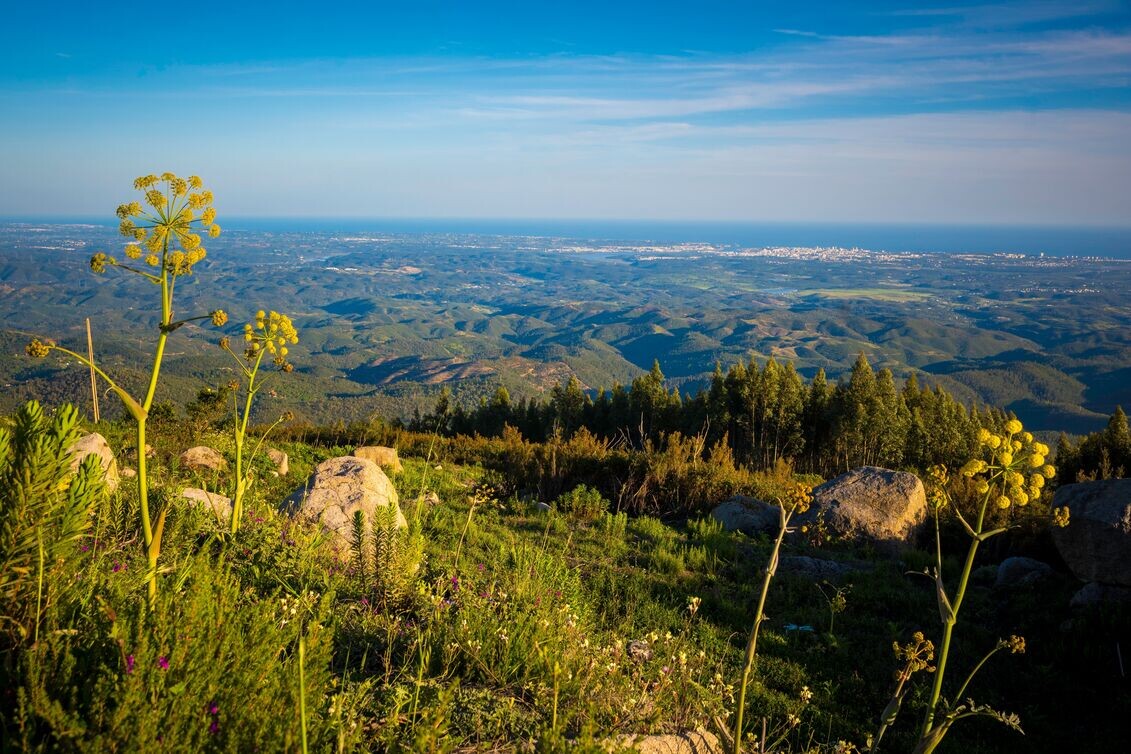





























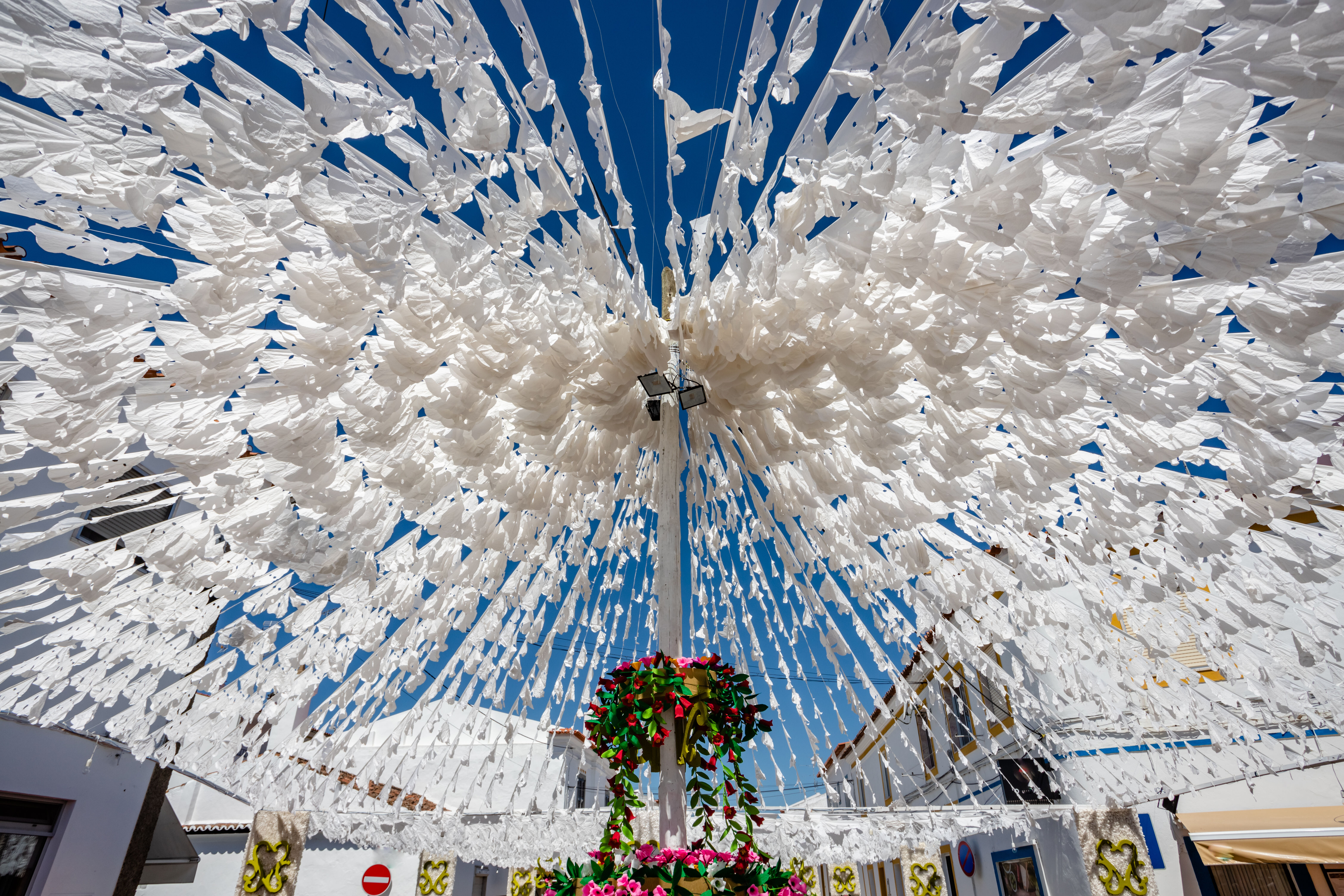 The Algarve region hosts a number of vibrant festivals throughout the year celebrating the region's cultural heritage, religious traditions, and love of music and gastronomy. Below we have selected a few of the more popular events which take place throughout the year.
The Algarve region hosts a number of vibrant festivals throughout the year celebrating the region's cultural heritage, religious traditions, and love of music and gastronomy. Below we have selected a few of the more popular events which take place throughout the year.

